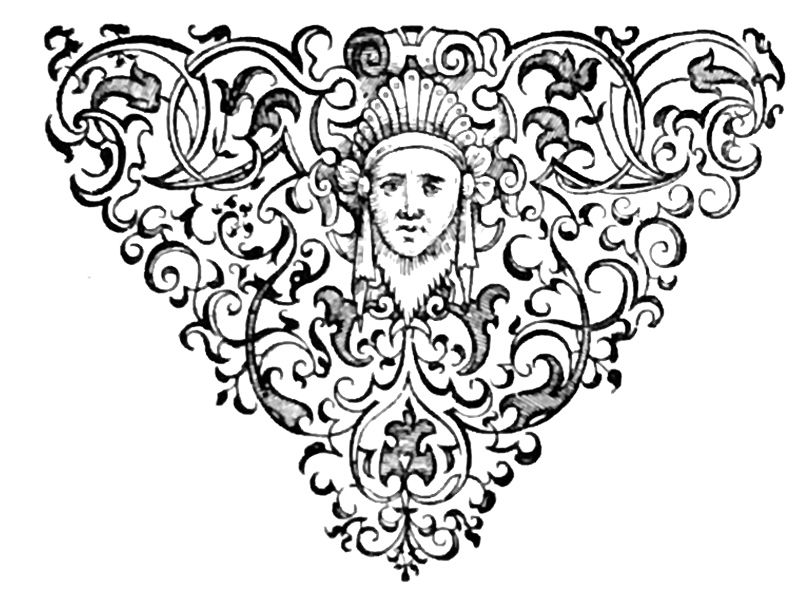De Bry Rare Books
Contemporary Oxford Binding and Women's Printing for the Marian Reformation in England - Winter Breviary use of Sarum - 1555 - Madeleine Boursette
Contemporary Oxford Binding and Women's Printing for the Marian Reformation in England - Winter Breviary use of Sarum - 1555 - Madeleine Boursette
Couldn't load pickup availability
1555 Breviary for the use of Salisbury bound in a contemporary Oxford binding and published by Madeleine Boursette for the English Market
"Portiforium seu breviarium ad usum ecclesie Sarisburiensis"
"Winter Breviary for the Use of Salisbury”
-Published by Madeleine Boursette "M B" - Widow of Francis Regnault - "viduam Francisci Regnault”
-Small Octavo - 3 parts in 1: [8], 1-168 [missing 169-172], 1-147, [1-49] (missing 50-52).
-With Title page and text printed in Red and Black
-Decoration to the Oxford Binding Identified in Gibsons "Oxford Bindings" as Plate 38, Roll IX - which was in use c1540-1560.
Condition - Significant wear to binding with upper cover loose and joints weak. New end papers and marks and wear to pages. Manuscript pastedowns removed at some stage (with remnants of text on front board). Textually incomplete - Missing 4 leaves in total: 2 leaves in first section (pp169-172) and the last 2 leaves (pp-49-52]). Damage to final leaf.
This pocket Breviary is a nice example of Trans-Continental trade as it was published in Paris for the English Market. The Regnault family in Paris were the leaders of portable devotional works and this work was published by Madeleine Boursette, who continued the family printing business after her husband’s (Francois Regnault) death in c1541. Women printers were often referred to as "Widow of", but Madeleine is more confident in this book - placing her initials "M B" across the centre of the title page. Madeleine Boursette published around 40 titles between 1541 and 1556. All survive in low numbers with around half only recoded as single copies and no publication having more than 10 copies on USTC. After her death, Madeleine's daughter Barbe Regnault continued the printing business which was then passed on to Barbe’s daughter, Madeleine Berthelin.
François Regnault is known to have worked in London before 1496 and continued to print many books for the English market after his move to Paris. Miles Coverdale, Richard Grafton and Edward Whitchurch were known to stay in his house in Paris while preparing their English Bible in the 1530s. This trans-channel trade was continued by his wife after François' death in c1541. There is a record of the will of Nichlas Fisher, another English stationer, buying 1200 copies of the Breviary for the use of Salisbury from Madeleine Boursette in 1554, before his untimely death in Paris. (Baydova)
The book’s striking early English binding has been definitively identified by the "Roll" decoration which was in use c1540-1560 in Oxford (Gibson - plate 38, roll IX). Other examples of bindings with this tool are seen in books at Magdalen, Merton & Brasenose Colleges, as well as the Bodleian in Oxford.
Breviaries are portable prayer books containing a calendar and a list of prayers to be said at different times of the day throughout the year – the “Office”. During the English reformation, Breviaries fell out of every day use, being replaced by the Book of Common Prayer which was first published in 1549. This 1555 Breviary is a late example of the use of Sarum, and reflects an attempt to restore Catholic practices under the reign of Mary I (1553-1558), with the last Sarum Breviary was published in 1557. It's likely that this copy went to Oxford where it was part of the circle of clergy who were sympathetic to the Catholic cause. It's unlikely this copy would have been bound after Mary's death in 1558. By 1559 Elizabeth I had come to the throne, establishing the book of Common Prayer as the official liturgical text with the Act of Uniformity, and making Breviaries obsolete.
Interestingly Magdalen College was the college of Bishop Longland, a staunch catholic, and this binding is well represented in their books which may suggest a connection to the College (Although this is speculative and Bishop Longland himself died in 1547).
It's also worth noting that Cranmer, Latimer and Ridley were burnt at the stake in Oxford in 1555/6 so this book is a contemporary, both in time and place, to this important occasion. Again, pure speculation, but it's not unlikely that it was owned by someone who witnessed (and supported) the events famously depicted in Foxe's book of martyrs.
This Octavo Breviary for the use of Sarum was published by Madeleine Boursette for the English market in two editions - 1554 and 1555. Raub states 6 surviving copies of the 1555 edition. USTC 203104 states 1 copy only (Paris). No printing of Breviaries had occurred in Paris between 1546 and 1553 due to the Protestant rule of Henry VIII and Edward VI.
Although worn and with 4 leaves missing, this is a scarce and unsophisticated copy of a Breviary printed in Paris for the English market during Mary I’s reign by a women printer - Madeleine Boursette. The copy must have been bound soon after its arrival in England as it retains its original contemporary Oxford binding which can be identified through the roll decoration to c1540-1560.
References:
1) Sarum Liturgical Printing in Tudor London - Raub - 2011
2) To Make a Career between Paris and London - Social Network as a basis of Renaissance Book Production and Trade - Anna Baydova






